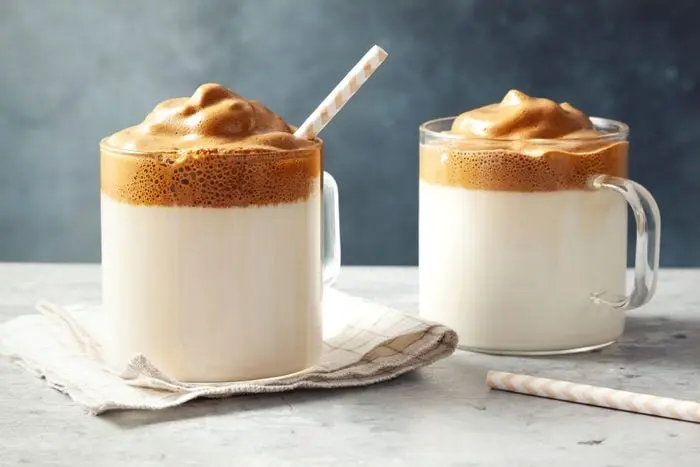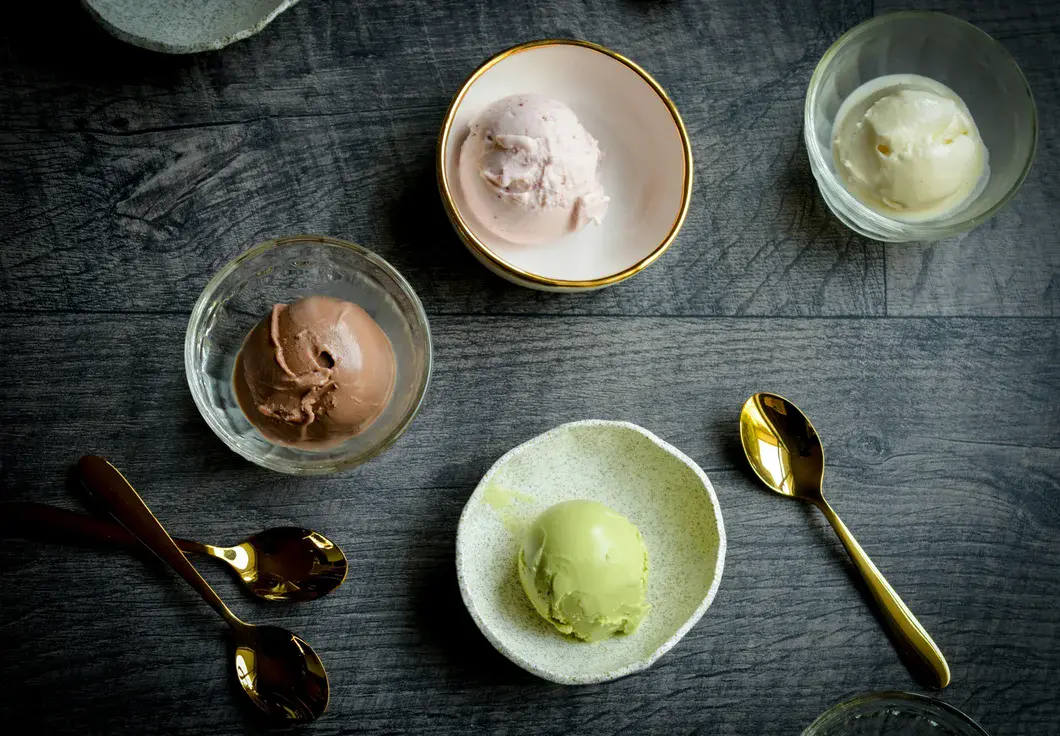Frozen glasses reduce beer flavor
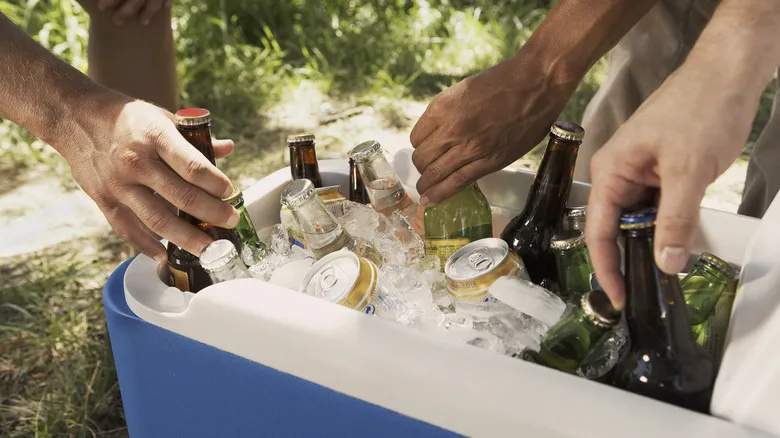
You might wonder how beer can lose its flavor in a chilled pint glass. One reason is that cold temperatures can dull your taste buds, making it more difficult to savor your drink. A more detailed explanation is that various flavors have specific ideal temperatures at which they are most pronounced, while at other temperatures, they can become muted and less detectable. Bitter flavors, such as the hops in beer, are most intense at lukewarm or cool temperatures, but they diminish in strength when exposed to freezing or excessively hot conditions.
If we delve deeper into the specifics, different types of beer have their own optimal serving temperatures, generally falling within the lukewarm to slightly cold range. Most beers are best enjoyed between 38 and 55 degrees Fahrenheit, while lighter beers are typically served cooler, around 33 to 40 degrees Fahrenheit. Lagers are best served a bit colder than ales, as they are brewed at lower temperatures. For instance, Guinness is ideally served at about 46 degrees, as darker beers are generally enjoyed at slightly warmer temperatures than their lighter counterparts. If you’re someone who drinks beer just to unwind after a long day, this might seem overly detailed. However, for those who appreciate the nuances of beer, it’s best to avoid ordering frosty ales.
Recommended

Those Mix-A-Six Beer Packs Seem Great, But Think Again

Why Sardinian Cannonau Is Nicknamed Longevity Wine
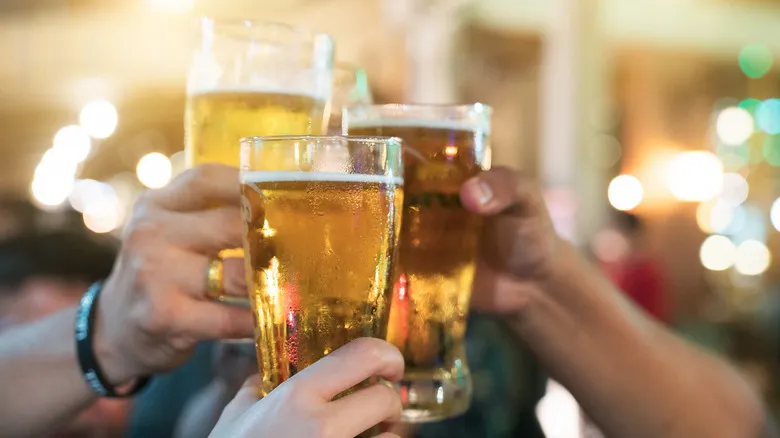
Is Beer Vegan?
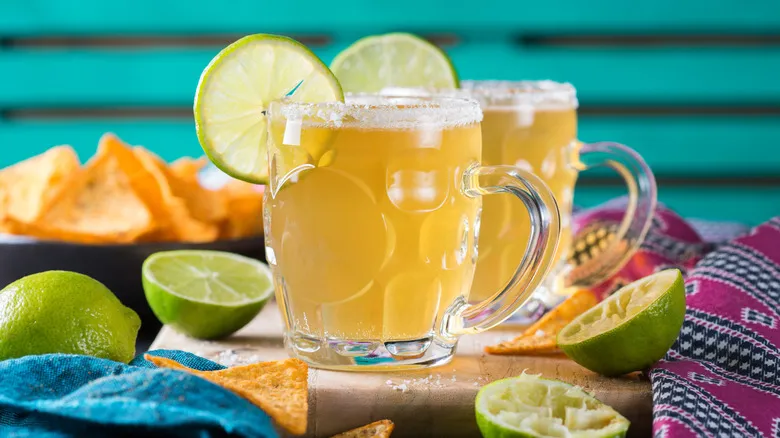
What Is Beer Salt And How Do You Use It?
Next up


